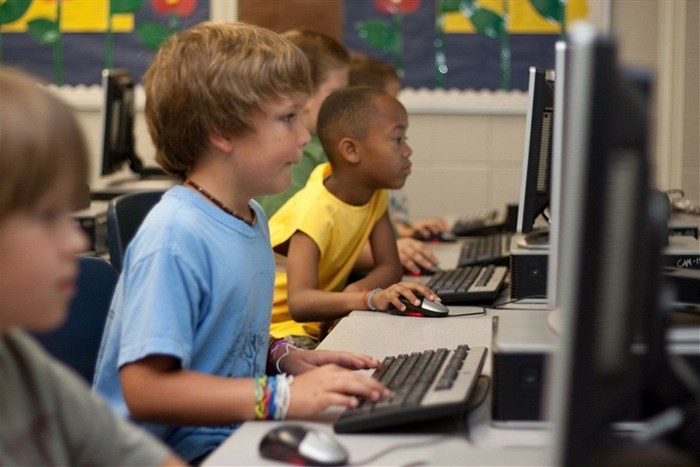






Being an organisation that aims to bridge the digital divide within the education space, we set out to design an innovative product that would complement the learning process. In doing so it would mean we enable learners to adopt to a more natural way of learning, thus facilitating the adaption to the changing ways of learning and the evolution of technology in education by making it more seamless.
To enable this, we needed to engage in observation research to track learners’ interactions with various devices, while being cognisant of teaching methods from the time they start learning letters and sounds (phonics) and subsequently moving on to the tablet. The objective was to better understand what was needed for learners to learn more effectively and then develop product(s) that supports learning in this unique way
Modern classroom learners typically use between three and four mechanisms to learn which include listening to the teacher, following reading material on a computer, using a traditional resource like a textbook and making notes on a worksheet or in a notebook. This essentially means that school desks are crowded, and our research showed that a student’s ability to focus and process information is restricted in cluttered environments. Therefore, our first focus area that would inform the design thinking of our educational product, was the size of the device to reduce clutter and optimise learning.
Secondly, we discovered that learners can’t only use tablets, as their limited functionality and technical capabilities don’t allow for the creation of content, only the consumption of it. While there is a place for tablets, especially for young children using educational apps, we concluded that the best solution for learners is a touchscreen PC with tablet functionality – a hybrid of the two devices.
We also noticed that primary school learners were carrying around large and heavy hand-me-down computers, which added extra weight to their schoolbags. Doctors, physical therapists and chiropractors recommend that kids carry no more than 10% to 15% of their body weight in their backpacks. And with traditional 15.6-inch devices weighing anything from 1.9 to 2.2kg, we needed to consider a lighter product for better posture and spinal health.
Connectivity – having a device that could seamlessly connect with school and home networks – and affordability – providing a product with content and connectivity at an affordable price – were two additional key drivers that influenced our product development.
It was clear that what was needed in the education sector was a user-centric device that was not only small, lightweight and cost-effective but also incorporated touchscreen functionality, creative and multitasking capabilities and access to connected networks.
We already had a notebook in our stable that met these criteria: The Spin 1. This 11.6-inch device is 46% lighter than a traditional PC, weighing only 1.2kg yet providing an HD touchscreen, ultra-fast wireless speed and a unique 360º hinge for convertibility and space-saving.
However, we wanted to take this preexisting product a step further by adding a lowercase keyboard that would unlock additional educational benefits for users, particularly learners between the ages of five and 12.
Our research uncovered that lowercase learning is crucial for this age group – as children learn phonetically, they struggle to find letters on uppercase keyboards because the sounds are different, and the keys are no longer in alphabetical order. On the other hand, lowercase keyboards have been shown to promote letter recognition and enhanced word-formation for early learners, thus reducing spelling and writing errors. These keyboards also assist learners with special education needs, including dyslexia.
Designing a keyboard that is aligned to the methodology and way of learning for young learners was important to us.
Building the right device for learners from the ages of five up to 18 was our goal and we can proudly say that we achieved it – we hope that the device will enhance learning and digital adoption in classrooms across the country. We are committed to our quest to transform the education sector in South Africa through digital learning and will continue to work alongside the government to do so